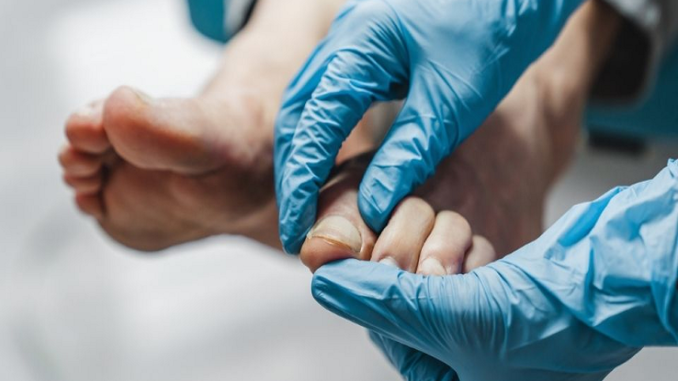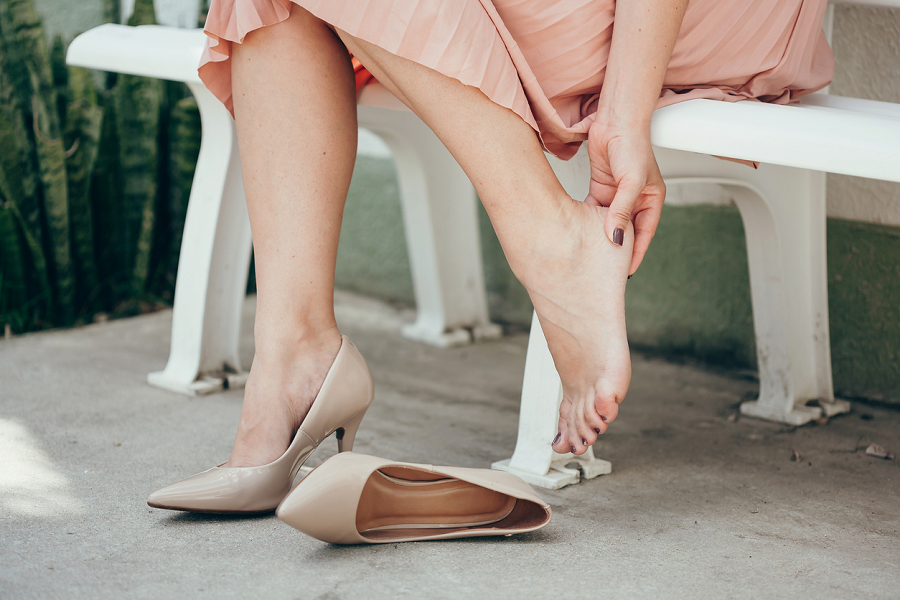
Podiatrists are specialists in foot care. A doctor of such podiatric medicine is also called DPM. This type of doctor or surgeon deals with your foot, ankle, and also the leg’s connecting parts. A chiropodist is an archaic term for a podiatrist that is still used occasionally.
Medical training
Podiatrists, like other doctors and surgeons, go to podiatric medical school for 4 years of training. They then complete at least 3 years of additional residency training at hospitals and clinics to develop experience.
Finally, podiatrists will be certified by the American Board of Podiatric Medicine after completing all of the qualifying exams. Some podiatrists may additionally pursue more advanced fellowship training in a certain field. This qualifies a podiatrist as a foot health expert.
Podiatric surgeon
A podiatrist Irvine surgeon is a podiatrist who has specialized in foot surgery. The American Board of Foot & Ankle Surgery has certified them. Special exams in general foot health, as well as foot surgery for diseases and injuries, have been passed by a podiatric surgeon.
Podiatrists should be licensed in the state in which they practice. They are not permitted to practice without any license. Podiatrists, like all doctors, must renew their licensure every few years. Also, they may need to maintain their training up to date by attending yearly seminars.
A visit to a certain Orange County Podiatrist will be your best option if you have got any problems with your foot/ankle like joint discomfort, arthritis, a sports injury, skin problems, and so on. A podiatrist is a medical practitioner who specializes in the treatment and management of disorders involving the ankle or foot.
In case you have any of these issues or symptoms as mentioned below, it is time to contact an Irvine Podiatrist.
Numbness, pain/swelling in a single foot
Swollen or aching feet is quite common from time to time (for example, after running a long race or remaining standing on the feet the whole day), but unexpected pain, swelling, or numbness in any one foot for almost no apparent cause can indicate a significant problem that necessitates a trip to your doctor.
Nail fungus
With the number of nail salons that have come up lately, there is a steady rise in such cases, wherein fungal infection can be seen on toenails. If the infection is not treated, the nails will darken and thicken, and it will spread to other toenails.
A reoccurring athlete’s foot
It is the most common fungal infection, and it is usually treatable with over-the-counter lotions and sprays. If an athlete’s foot reoccurs, a good podiatrist will prescribe a stronger oral treatment or cream. At the same time, they’ll check the infection and for any possible infection.
Continuous heel pain
A lot of factors might contribute to heel pain. To find out the primary reason and create aneffective treatment plan, your foot doctor may obtain x-rays as well as perform a throrough examination.
You believe your ankle/foot has been sprained or fractured. Although an orthopedist may be your first choice, a podiatrist has got more experience in treating your foot and ankle ailments.

You have diabetes
Your foot problems e.g. poor circulation, nerve damage, ulceration, and infection are considerably more common in those having either type 1 or type 2 diabetes. If you have diabetes, you should see a podiatrist for your foot exam once a year for preventing these potentially serious complications.
An ingrown toenail
Also, you might be tempted to remove your painful ingrown toenail yourself or seek assistance from a nail salon, but it is safer to get it removed in the doctor’s office. If the nail has grown infected, a reputed podiatrist will prescribe medications to numb the area during your surgical process.
Bunions
The bunion is a bony lump that forms on the exterior of your big toe joint and can become progressively painful as it grows larger. Taking an x-ray can aid in the diagnosis, and based on the intensity of the bunion, the podiatrist will offer treatment options.
Painful corns/calluses
Such types of disorders, which are generally caused by certain thicker regions of your dead skin, can often become uncomfortable in case the skin ends up growing too thick. To alleviate the pain, a foot doctormay either get rid of the hardened skin or prescribe any suitable topical medicine.
Joint pain in ankle or foot
Even if the pain is easily controlled with over-the-counter anti-inflammatory medications like ibuprofen or aspirin, it is crucial to contact a doctor to discover the source of the discomfort–especially if it persists. Both your doctor and also you may build out a certain long-term treatment strategy jointly together.
You have started a new sport/exercise routine
Take note, runners. Getting in shape can be beneficial, but it increases your risk of fractures, sprains, and inflammatory disorders like severe plantar fasciitis.
Your feet have now changed colors
They have a dark overall appearance or crimson, purple, or white patches. This could indicate a problem with circulation. Slowly healing wounds also require immediate attention.
Your feet appear deformed
Arthritis, bunions, and benign neuromas alter the look of your feet, however, they can be cured or reduced with timely podiatric care.
You walk funny
Perhaps you have a pronated foot or other gait difficulties. To remedy the condition, you will need shoe orthotics.
You work on the feet a lot
Often your podiatrist might suggest methods for relieving stress on feet and ankles.
Leave a Reply
You must be logged in to post a comment.